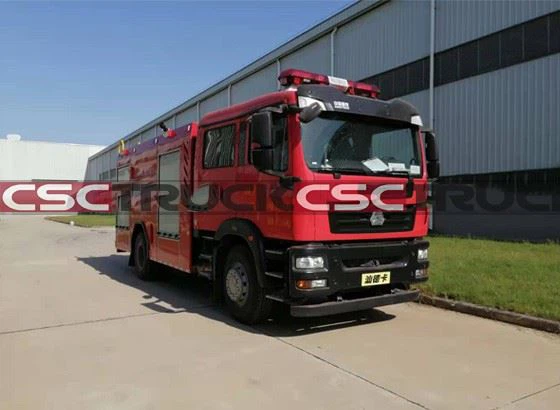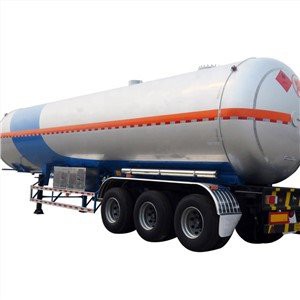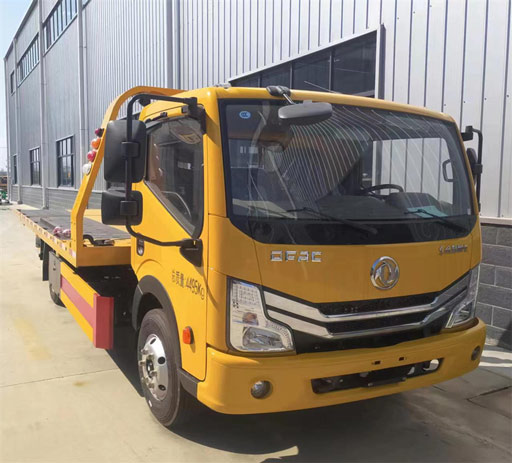Understanding the Capacity of Petrol Tankers: A Comprehensive Guide

Introduction
Petrol tankers play a crucial role in transporting fuel from refineries to distribution points, service stations, and other facilities. Understanding the capacity of these tankers is essential for logistics management, environmental safety, and the overall efficiency of fuel supply chains. This article explores the different types of petrol tankers, their capacities, specifications, and relevant factors affecting their usage. With this knowledge, stakeholders can make informed decisions regarding fuel transportation needs.
Types of Petrol Tankers
1. Road Tankers
Road tankers are the most common type of petrol tanker seen on highways. These vehicles are equipped with a tank that is mounted on a truck chassis.

Specifications
Road tankers typically have a capacity ranging from 4,000 to 45,000 liters. The capacity depends on the design and regulations in each country. For example, a standard three-axle tanker might transport around 24,000 liters of petrol.
2. Rail Tankers
Rail tankers are used for transporting larger volumes of petrol over long distances via train networks. They are efficient for bulk shipments and can carry a significant amount of fuel.
Specifications
Rail tankers can hold between 20,000 and 35,000 liters per carriage. Many railway systems have multiple tank cars in a single train, which can significantly increase overall capacity.
3. Marine Tankers
Marine tankers, or oil tankers, are primarily used for international transport of oil, including petrol. These vessels can carry massive quantities of fuel.
Specifications
Marine tankers come in various sizes, including:
- Small Tankers: 10,000 to 50,000 DWT (Deadweight Tonnage)
- Medium Tankers: 50,000 to 80,000 DWT
- Large Tankers: 80,000 to 320,000 DWT
- Ultra Large Tankers: Over 320,000 DWT
Factors Affecting Petrol Tanker Capacity
1. Regulatory Guidelines
Different regions have specific regulations that dictate the maximum load a tanker can carry. Logistical companies must comply with these standards for safety and operational efficiency.
2. Tank Design
The design of the tanker itself can influence its capacity. Different shapes and sizes of tanks accommodate varying amounts of fuel and make a difference in how much liquid can be transported safely.
3. Weight Limitations
Every tanker must operate within weight limitations set by road, rail, and maritime authorities. A fully loaded petrol tanker must not exceed these weight restrictions, which can limit the amount of fuel transported.
4. Fuel Density
The density of petrol affects how much of it can fit into a given space. As petrol has a relatively low density compared to other liquids, tankers can carry a large volume in relation to weight.
Common Capacities of Petrol Tankers
1. Road Tanker Capacities
| Type | Capacity (Liters) |
|---|---|
| Small Tanker | 4,000 – 10,000 |
| Medium Tanker | 10,000 – 24,000 |
| Large Tanker | 24,000 – 45,000 |
2. Rail Tanker Capacities
| Rail Tank Car Type | Capacity (Liters) |
|---|---|
| Single Car | 20,000 – 30,000 |
| Multi-Car Train | Up to 1,200,000 |
3. Marine Tanker Capacities
| Tanker Size | Capacity (DWT) |
|---|---|
| Small Tanker | 10,000 – 50,000 |
| Medium Tanker | 50,000 – 80,000 |
| Large Tanker | 80,000 – 320,000 |
| Ultra Large Tanker | Over 320,000 |

Real-World Applications
1. Logistics and Supply Management
For companies involved in fuel logistics, understanding tanker capacities assists in planning the supply chain effectively. Knowing which size tanker to deploy ensures cost-efficiency and reliability.
2. Environmental Considerations
Overloading tankers can lead to spills and environmental damage. Therefore, adhering to specified capacities is crucial for environmental protection and compliance with legal standards.
3. Emergency Response
In the case of a fuel spill or leak, knowing the capacity of the tankers involved can help emergency responders develop a containment and cleanup plan that is efficient and effective.
Tips for Efficient Petrol Tanker Usage
1. Regular Maintenance
Ensure that petrol tankers are subject to regular inspections and maintenance to avoid unexpected mishaps that could lead to capacity losses or spills.
2. Training Personnel
Proper training of drivers and logistics personnel on safe loading and unloading practices can prevent overloading and ensure compliance with regulations.
3. Monitoring Fuel Density
Constantly monitoring the density of petrol can help adjust the volume transported adequately, ensuring that tankers are loaded to optimum levels without exceeding limits.
Future Trends in Petrol Tanker Design
1. Enhanced Fuel Efficiency
New designs of petrol tankers aim to improve fuel efficiency. Innovations in materials and technologies reduce weight and enhance capacity utilization.
2. IoT Integration for Monitoring
The Internet of Things (IoT) is facilitating real-time monitoring of tanker conditions and capacities, helping logistics companies optimize performance and safety.
3. Eco-Friendly Designs
There is a shift toward eco-friendly tanker designs that reduce carbon footprints during fuel transportation. This includes using alternative fuels for transportation vehicles themselves.
FAQs
1. What is the maximum capacity of a road petrol tanker?
The maximum capacity of a road petrol tanker typically ranges from 4,000 to 45,000 liters, depending on regulations and design.
2. How often should petrol tankers be inspected?
Petrol tankers should undergo routine inspections at least once a year, with more frequent checks for older models or those operating under harsh conditions.
3. Why is it important to monitor fuel density in tankers?
Monitoring fuel density helps ensure optimal loading of tankers, prevents overloading, and ensures compliance with transportation regulations.

4. What are the risks of overloading a petrol tanker?
Overloading a petrol tanker can lead to spills, accidents, legal penalties, and environmental damage, making it essential to adhere to specified capacities.
5. How can technology improve petrol tanker efficiency?
Technology enhances petrol tanker efficiency through IoT monitoring, smarter navigation systems, and improved maintenance schedules, leading to better fuel economy and reduced risks.
6. What is the role of fuel tanker capacities in emergency response?
Understanding tanker capacities aids emergency responders in planning effective containment and cleanup efforts in the event of spills or accidents.
